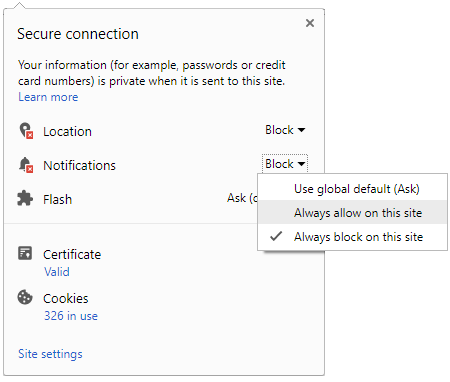Latest News
-
 Iconic Porsche Race Cars To Take Center Stage At Southern California Event
Iconic Porsche Race Cars To Take Center Stage At Southern California Event -
 Hagerty Enhances Community Support With Grants And Volunteer Initiatives In 2024
Hagerty Enhances Community Support With Grants And Volunteer Initiatives In 2024 -
 Volvo Cars Reports 8% Increase In Q1 2024 Core Operating Profit To SEK 6.8 Billion
Volvo Cars Reports 8% Increase In Q1 2024 Core Operating Profit To SEK 6.8 Billion -
 2025 BMW I4 And 4 Series Gran Coupe Boast Fresh Designs And Cutting-Edge Tech
2025 BMW I4 And 4 Series Gran Coupe Boast Fresh Designs And Cutting-Edge Tech -
 Hyundai And Dutch Government Join Forces To Advance Smart Mobility Solutions
Hyundai And Dutch Government Join Forces To Advance Smart Mobility Solutions -
 WeatherTech Raceway Laguna Seca Embarks On New Partnership With Array Sports
WeatherTech Raceway Laguna Seca Embarks On New Partnership With Array Sports -
 Nissan Formula E Team Sets Sights On Victory At Monaco's Legendary Circuit
Nissan Formula E Team Sets Sights On Victory At Monaco's Legendary Circuit -
 Toyota Women Leaders Shine At National Manufacturing Awards
Toyota Women Leaders Shine At National Manufacturing Awards -
 Bridge Of Weir And CALLUM Forge Strategic Partnership For Design Excellence
Bridge Of Weir And CALLUM Forge Strategic Partnership For Design Excellence -
 Mercedes-Benz Electrifies With The New G-Class Launch In Los Angeles
Mercedes-Benz Electrifies With The New G-Class Launch In Los Angeles
Heavy-Duty Flying Drones To Be Legal In India From December 2018 — Drone Policy Framed
Large heavy-duty drones will be legal in India from December 1, 2018. Also known as 'Remotely Piloted Aircraft System (RPAS), these type of drones can be used in a variety of applications and are not limited to just photography or cinematography.
In many parts of the world, drones are already being used for various tasks including agriculture, security, safety and even courier services. Leading e-commerce websites have employed drones to deliver the ordered products to the customers. In some places, drones are used even for pizza delivery.

Depending on weight, drones are categorised into five categories: Nano, Micro, Mini, Medium and Large. While Micro drones weigh only around 250 grams, Large category may have examples weighing up to 150kg. Apart from nano and micro, which are mainly used as toys, all other types of drones require a UIN (Unique Identification Number).

Those wishing to get a licence to fly such drones should be 18 or above and at least a 10th pass with knowledge in English. In the coming days, individuals can apply for the licence through a dedicated app, after which their application would go through an automated process.

However, there are many restrictions imposed on flying these drones. The officials have identified many ‘no-fly zones' such as airports, international borders, military bases and various important government areas. In addition to this, the current policy allows users only to fly drones within their line of sight.

"We will allow the use of drones within the line of sight for now. We have a task force that would in the future work towards allowing the use of drones for beyond the line of sight," shared Aviation Minister, Jayant Sinha.
The government is also initiating a new digital platform to regulate these drones and the possible security threats they could pose – Digital Sky Platform. It is essentially an Unmanned Traffic Management (UTM) tool that follows a ‘no permission; no takeoff' philosophy.

This implies that users will have to do a one-time registration of their drones, pilots and owners. For each flight, they will be required to sign in on the dedicated app, after which the request will be accepted or denied; again through an automated process.
But overall, the drone policy of India will open doors to new possibilities in the field of aviation, engineering and mobility services.

Minister of Civil Aviation, Suresh Prabhu said, "Today we start an exciting new chapter in India's aviation history by allowing commercial use of drones. I am sure that many new and exciting applications will emerge that will propel India's economy forward. Our progressive regulations will encourage a vast Made in India drone industry."
Thoughts On India's Drone Policy

Currently, the wider mass thinks that drones and other forms of UAVs are used only for cinematography. The new drone policy will surely introduce a variety of applications known less to the common Indian. The opportunities are quite wide and a lot of organisations and start-ups have already started investing in UAV (Unmanned Aerial Vehicle) businesses; products and services included.
At least in the near future, you could get things you've ordered online, delivered directly to your residence via air.
*images are for representational purposes only.



 Click it and Unblock the Notifications
Click it and Unblock the Notifications















